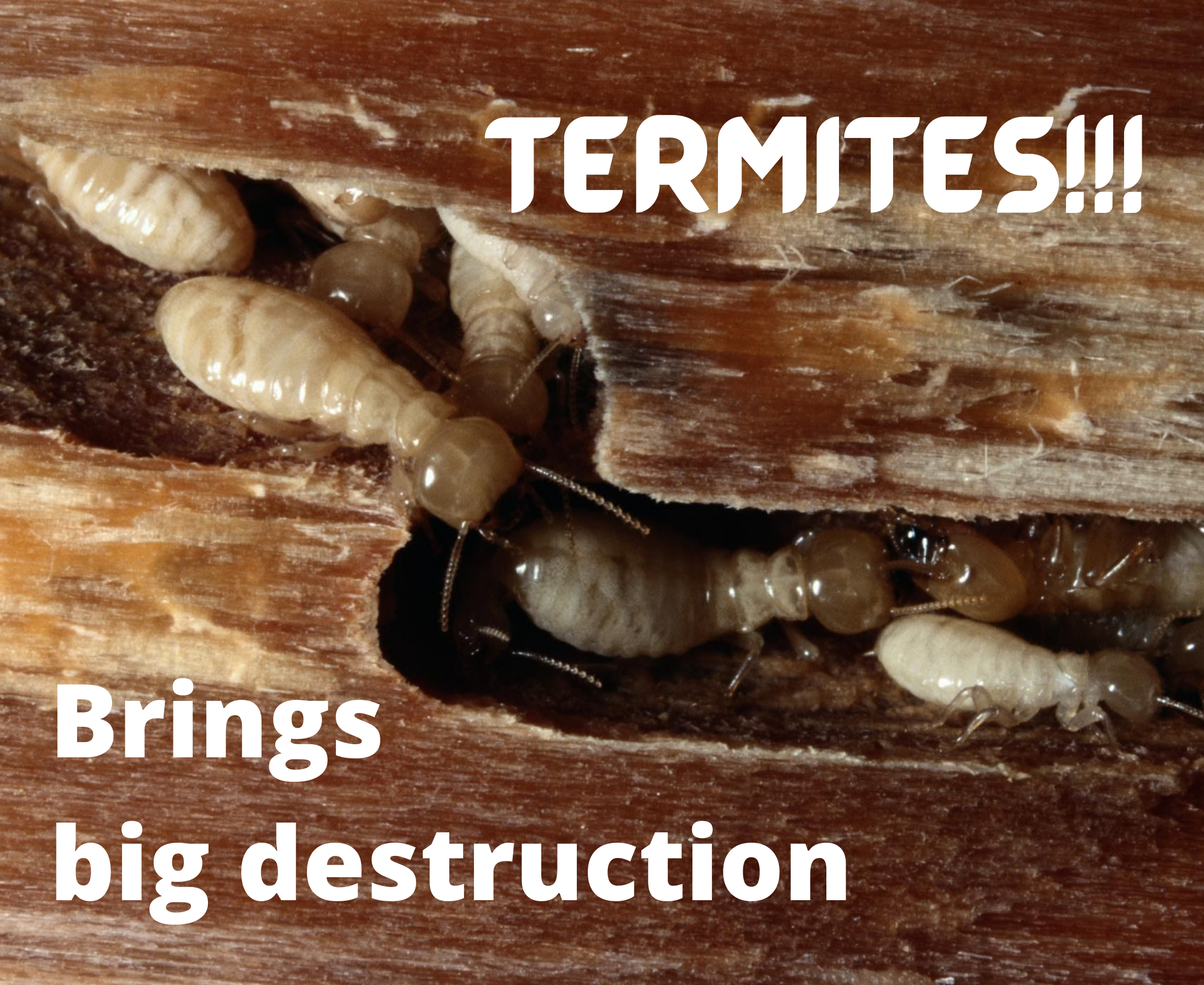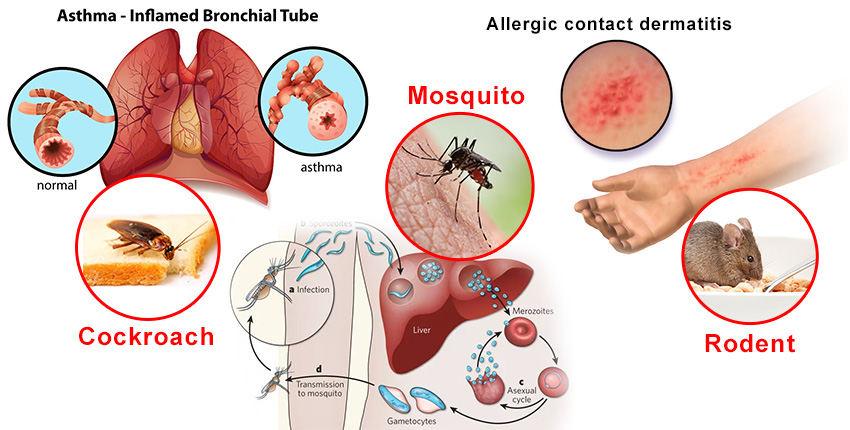Get This Report about Eco Bed Bug Exterminators Dc
Not known Details About Eco Bed Bug Exterminators Dc
Table of Contents8 Easy Facts About Eco Bed Bug Exterminators Dc ExplainedExamine This Report about Eco Bed Bug Exterminators DcEco Bed Bug Exterminators Dc for DummiesNot known Facts About Eco Bed Bug Exterminators DcThe Definitive Guide to Eco Bed Bug Exterminators Dc
Since pesticides are poisonous, they are additionally potentially hazardous to humans, animals, various other microorganisms, and the setting. As a result, individuals that make use of chemicals or frequently been available in contact with them have to recognize the loved one toxicity, potential health results, and preventative actions to lower exposure to the products they use. Hazard, or threat, of making use of pesticides is the possibility for injury, or the degree of danger entailed in utilizing a pesticide under an offered set of problems.
Nevertheless, applicators can reduce or nearly remove exposure-- and therefore decrease danger-- by adhering to the tag guidelines, making use of individual protective apparel and tools (PPE), and managing the chemical effectively. For instance, more than 95 percent of all chemical exposures originate from dermal direct exposure, largely to the hands and lower arms. By putting on a set of unlined, chemical-resistant handwear covers, this kind of exposure can be virtually gotten rid of.
The damaging impacts that happen from a solitary exposure by any type of course of entry are labelled "acute impacts." The 4 routes of direct exposure are dermal (skin), breathing (lungs), dental (mouth), and the eyes. Severe poisoning is figured out by analyzing the facial toxicity, breathing poisoning, and oral toxicity of examination pets.
Some Ideas on Eco Bed Bug Exterminators Dc You Need To Know
Acute toxicity is measured as the quantity or focus of a toxicant-- the a.i.-- called for to eliminate half of the animals in an examination populace. This measure is usually expressed as the LD50 (lethal dose 50) or the LC50 (dangerous focus 50). Additionally, the LD50 and LC50 values are based on a solitary dose and are taped in milligrams of chemical per kg of body weight (mg/kg) of the guinea pig or in components per million (ppm).
The reduced the LD50 or LC50 value of a pesticide item, the higher its toxicity to human beings and pets. Pesticides with a high LD50 are the least harmful to humans if utilized according to the instructions on the product tag. The chronic poisoning of a pesticide is identified by subjecting guinea pig to lasting exposure to the active component.
The persistent toxicity of a pesticide is a lot more challenging than acute poisoning to establish via lab analysis. Products are classified on the basis of their relative intense poisoning (their LD50 or LC50 values). Chemicals that are classified as very hazardous (Toxicity Group I) on the basis of either oral, dermal, or breathing toxicity must have the signal words threat and toxin printed in red with a head and crossbones sign plainly showed on the front panel of the package label.
The acute (single dose) oral LD50 for pesticide items in this group ranges from a trace total up to 50 mg/kg. For instance, exposure of a couple of drops of a product taken by mouth could be deadly to a 150-pound individual. Some pesticide products have simply the signal word DANGER, which informs you nothing about the intense toxicity, simply that the product can create extreme eye damage or severe skin irritability
3 Simple Techniques For Eco Bed Bug Exterminators Dc
In this category, the severe oral LD50 arrays from 50 to 500 mg/kg. A tsp to an ounce of this product can be deadly to a 150-pound individual (bed bug exterminator). Pesticide items categorized as either a little toxic or reasonably safe (Poisoning Groups III and IV) are needed to have the signal word CAUTION on the chemical tag

All pesticide toxicity chemical, worths the Consisting of, can be found on the product's Material Safety Data Sheet InformationMSDS). Pesticide tags and MSDS can be acquired from sellers or makes - https://ecobedbug3xt.carrd.co/. The signs of chemical poisoning can vary from a mild skin irritation to coma or even fatality.
Since of prospective health issues, pesticide users and handlers must identify the common indications and signs and symptoms of chemical poisoning. The effects, or symptoms, of pesticide poisoning can be generally specified as either topical or systemic.
Some Known Details About Eco Bed Bug Exterminators Dc
Dermatitis, or swelling of the skin, is approved as the most generally reported topical result associated with pesticide exposure. Some people tend to cough, hiss, or sneeze when subjected to pesticide sprays.
This symptom usually subsides within a few mins after an individual is gotten rid of from the direct exposure to the irritant. click for info Nonetheless, a response to a pesticide item that triggers somebody not only to sneeze and cough but also to create severe intense breathing symptoms is more probable to be a true hypersensitivity or allergy.
Systemic impacts are rather various from topical effects. They frequently take place away from the initial factor of get in touch with as an outcome of the pesticide being absorbed into and dispersed throughout the body. Systemic effects usually include nausea, throwing up, exhaustion, headache, and intestinal problems. In advanced poisoning situations, the person might experience changes in heart rate, difficulty breathing, convulsions, and coma, which might result in death.